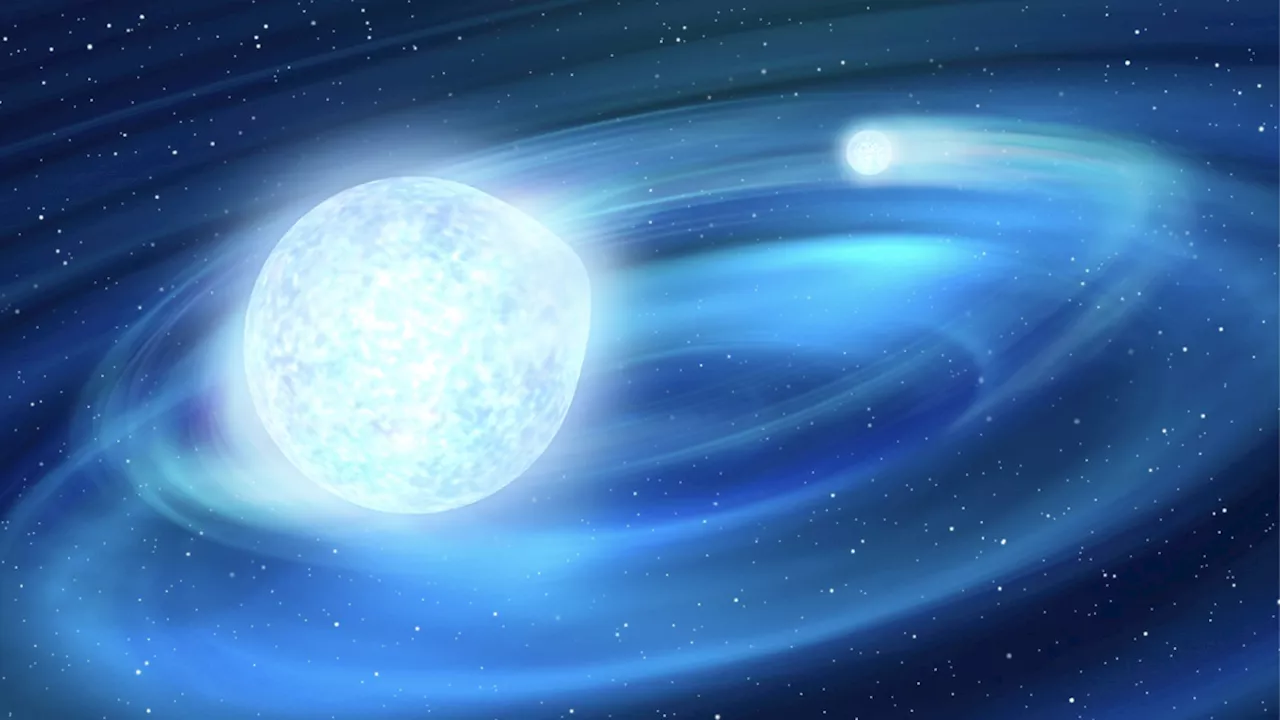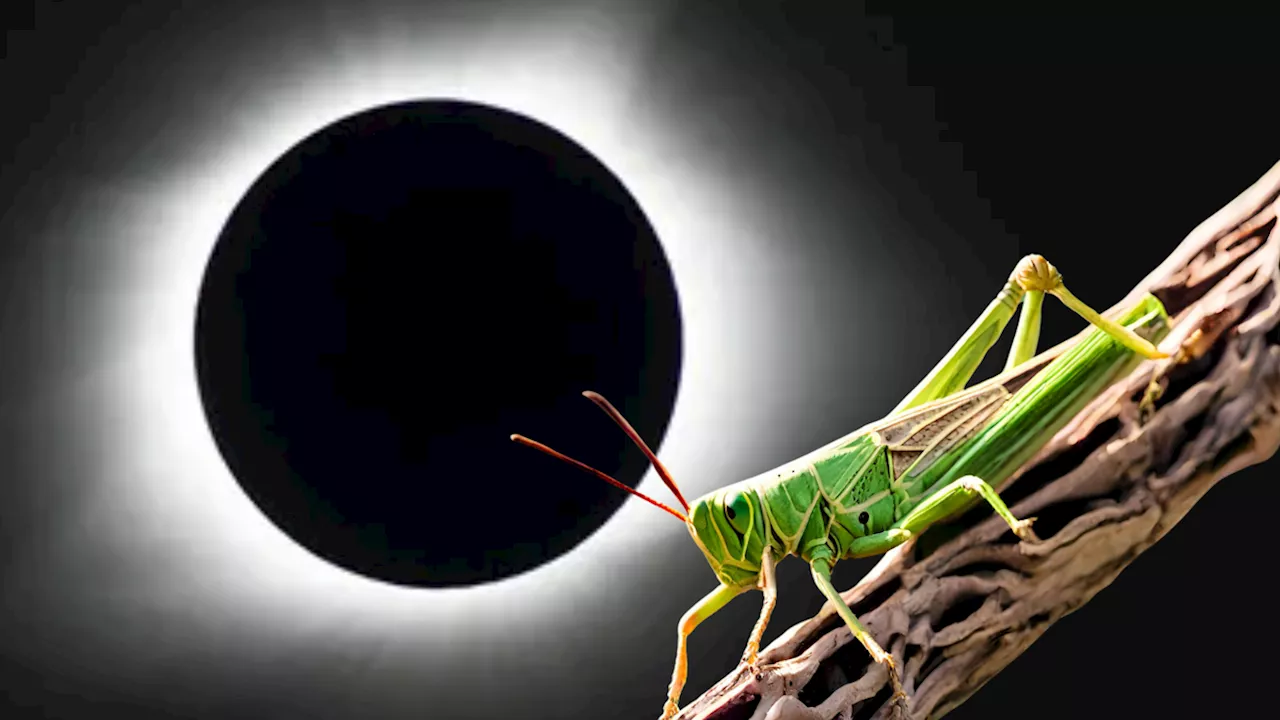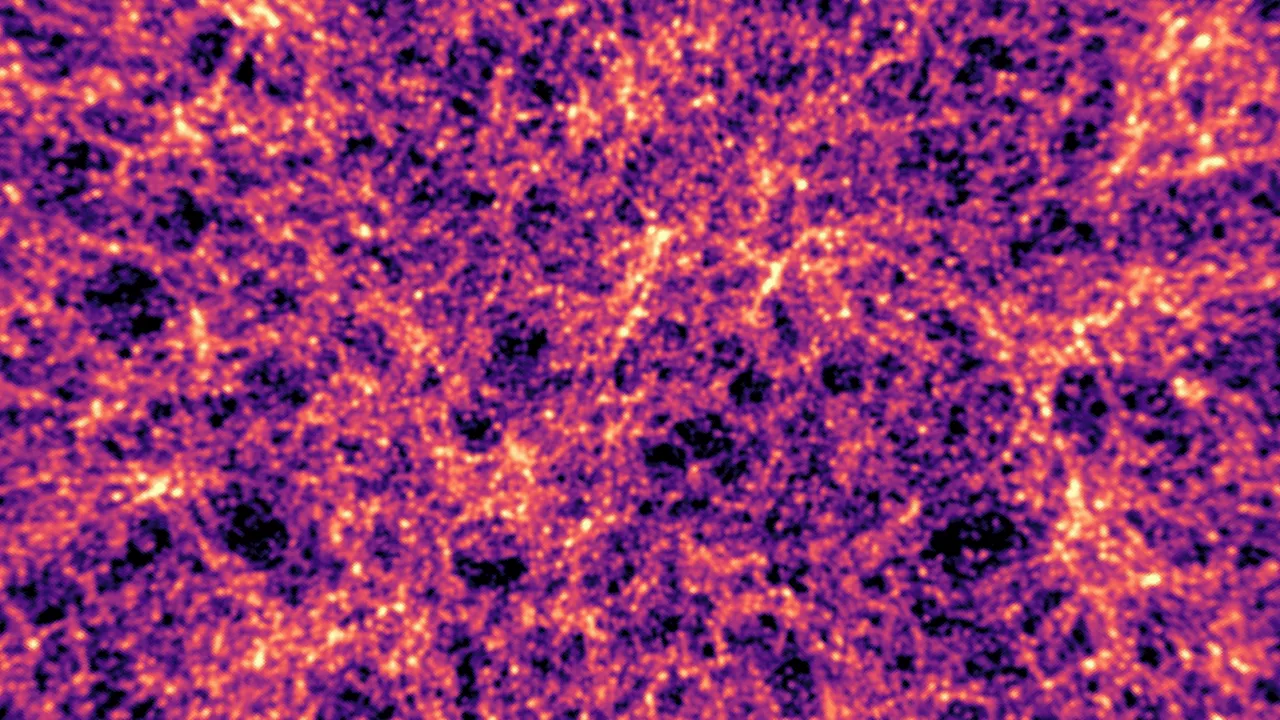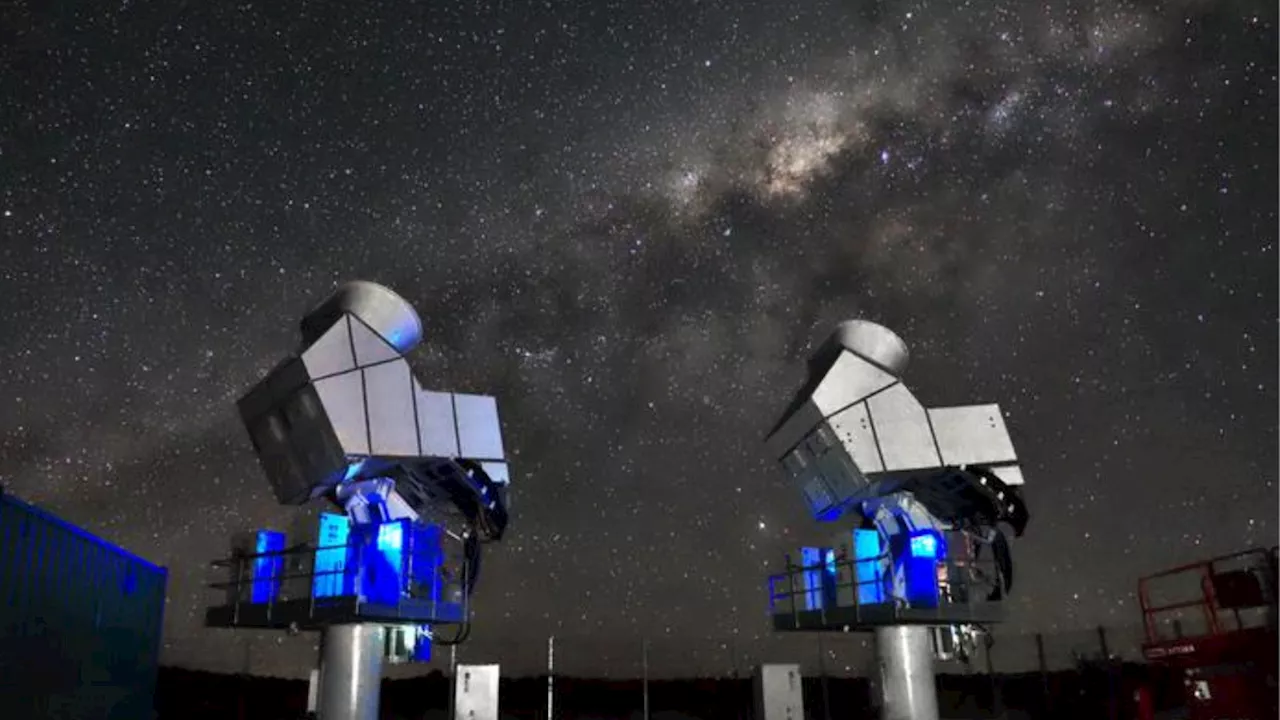Robert Lea is a science journalist in the U.K. whose articles have been published in Physics World, New Scientist, Astronomy Magazine, All About Space, Newsweek and ZME Science. He also writes about science communication for Elsevier and the European Journal of Physics. Rob holds a bachelor of science degree in physics and astronomy from the U.K.
Astronomers have discovered that a distant, scorching hot planet twice the size of Jupiter is on a death-spiral trajectory that will send it careening into its parent star. A crash is expected to happen relatively soon, cosmically speaking., will eventually take a dive into its star that's located around 1,400 light years from Earth. However, these new findings have shortened the time WASP-12b has left.
In other words, this may seem like an incredibly long time, but the fact that stars like the sun live for around 10 billion years means it is a very short period on cosmic scales.so closely that it almost fits an entire year into a single Earth day. This proximity classifies WASP-12b as an"" planet, a name that is fitting considering radiation from this star ceaselessly belts the planet, giving it a surface temperature of around 4,000 degrees Fahrenheit .
Leonardi and colleagues investigated the timing variation of WASP-12b by looking at 28 observations of the planet taken as it crossed, or"transited," the face of its parent star. This was done in collaboration with the Asiago Search for Transit Timing Variations of Exoplanets project. These observations were collected over a period of 12 years between 2010 and 2022 by the Asiago Observatory in Italy.
"However, according to our results, the star is still in the main sequence and has not yet entered its sub-giant stage." "When the planet inevitably crashes into the star, the first indication will be an outburst of luminosity, which will see the star become hundreds of times brighter than it is today," Leonardi said."This increase will not last long and will quickly fade away. But maybe the humans of the future could be there to see it and study it.
United States Latest News, United States Headlines
Similar News:You can also read news stories similar to this one that we have collected from other news sources.
 For this dead star, 72 years is a single Earth dayRobert Lea is a science journalist in the U.K. whose articles have been published in Physics World, New Scientist, Astronomy Magazine, All About Space, Newsweek and ZME Science. He also writes about science communication for Elsevier and the European Journal of Physics. Rob holds a bachelor of science degree in physics and astronomy from the U.K.
For this dead star, 72 years is a single Earth dayRobert Lea is a science journalist in the U.K. whose articles have been published in Physics World, New Scientist, Astronomy Magazine, All About Space, Newsweek and ZME Science. He also writes about science communication for Elsevier and the European Journal of Physics. Rob holds a bachelor of science degree in physics and astronomy from the U.K.
Read more »
 Scientists create 5 new isotopes to learn how neutron star collisions forge goldRobert Lea is a science journalist in the U.K. whose articles have been published in Physics World, New Scientist, Astronomy Magazine, All About Space, Newsweek and ZME Science. He also writes about science communication for Elsevier and the European Journal of Physics. Rob holds a bachelor of science degree in physics and astronomy from the U.K.
Scientists create 5 new isotopes to learn how neutron star collisions forge goldRobert Lea is a science journalist in the U.K. whose articles have been published in Physics World, New Scientist, Astronomy Magazine, All About Space, Newsweek and ZME Science. He also writes about science communication for Elsevier and the European Journal of Physics. Rob holds a bachelor of science degree in physics and astronomy from the U.K.
Read more »
 NASA Eclipse Soundscapes Project will record how 2024's total solar eclipse impacts natureRobert Lea is a science journalist in the U.K. whose articles have been published in Physics World, New Scientist, Astronomy Magazine, All About Space, Newsweek and ZME Science. He also writes about science communication for Elsevier and the European Journal of Physics. Rob holds a bachelor of science degree in physics and astronomy from the U.K.
NASA Eclipse Soundscapes Project will record how 2024's total solar eclipse impacts natureRobert Lea is a science journalist in the U.K. whose articles have been published in Physics World, New Scientist, Astronomy Magazine, All About Space, Newsweek and ZME Science. He also writes about science communication for Elsevier and the European Journal of Physics. Rob holds a bachelor of science degree in physics and astronomy from the U.K.
Read more »
 Heaviest pair of black holes ever seen weighs 28 billion times more than the sunRobert Lea is a science journalist in the U.K. whose articles have been published in Physics World, New Scientist, Astronomy Magazine, All About Space, Newsweek and ZME Science. He also writes about science communication for Elsevier and the European Journal of Physics. Rob holds a bachelor of science degree in physics and astronomy from the U.K.
Heaviest pair of black holes ever seen weighs 28 billion times more than the sunRobert Lea is a science journalist in the U.K. whose articles have been published in Physics World, New Scientist, Astronomy Magazine, All About Space, Newsweek and ZME Science. He also writes about science communication for Elsevier and the European Journal of Physics. Rob holds a bachelor of science degree in physics and astronomy from the U.K.
Read more »
 Dark energy remains a mystery. Maybe AI can help crack the codeRobert Lea is a science journalist in the U.K. whose articles have been published in Physics World, New Scientist, Astronomy Magazine, All About Space, Newsweek and ZME Science. He also writes about science communication for Elsevier and the European Journal of Physics. Rob holds a bachelor of science degree in physics and astronomy from the U.K.
Dark energy remains a mystery. Maybe AI can help crack the codeRobert Lea is a science journalist in the U.K. whose articles have been published in Physics World, New Scientist, Astronomy Magazine, All About Space, Newsweek and ZME Science. He also writes about science communication for Elsevier and the European Journal of Physics. Rob holds a bachelor of science degree in physics and astronomy from the U.K.
Read more »
 'Wiggles' of energy waves over Earth could hold the universe's historyRobert Lea is a science journalist in the U.K. whose articles have been published in Physics World, New Scientist, Astronomy Magazine, All About Space, Newsweek and ZME Science. He also writes about science communication for Elsevier and the European Journal of Physics. Rob holds a bachelor of science degree in physics and astronomy from the U.K.
'Wiggles' of energy waves over Earth could hold the universe's historyRobert Lea is a science journalist in the U.K. whose articles have been published in Physics World, New Scientist, Astronomy Magazine, All About Space, Newsweek and ZME Science. He also writes about science communication for Elsevier and the European Journal of Physics. Rob holds a bachelor of science degree in physics and astronomy from the U.K.
Read more »
